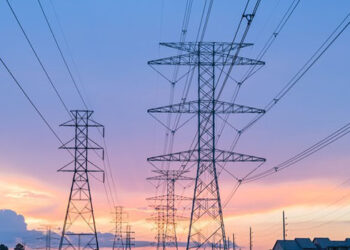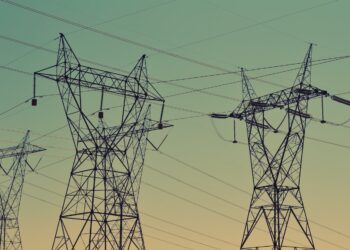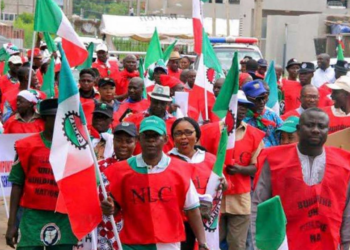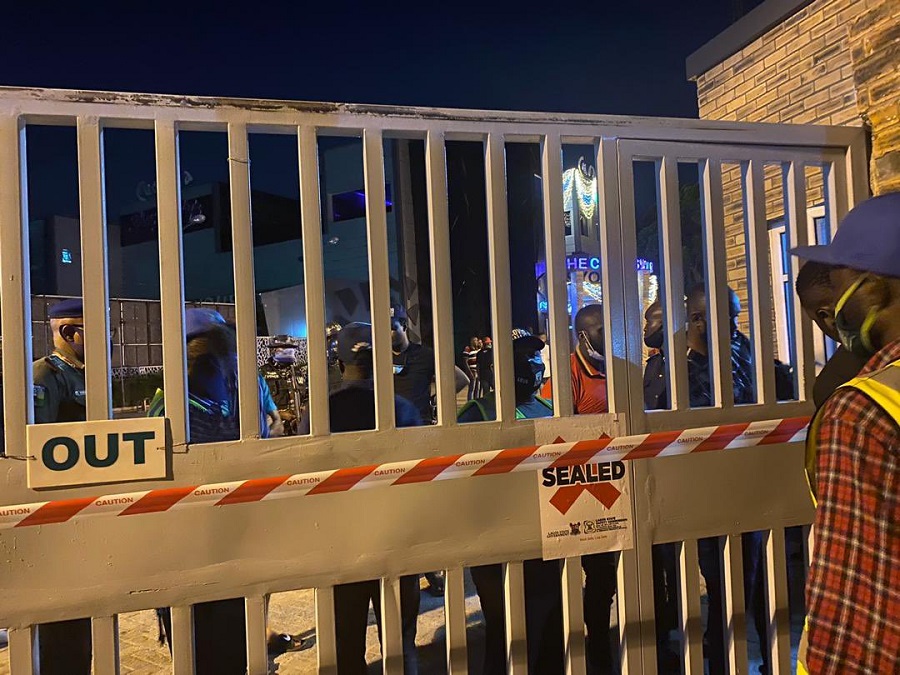The recent hike in electricity prices is yet to be factored into the consumer price index which measures the inflation rate. The National Bureau of Statistics revealed inflation rate for the month of November 2020 was 14.89%.
According to reliable sources involved in the collation of the inflation rate data, electricity price increased could not have been captured in the basket of goods and services as most electricity consumers started paying the new tariffs in December and not in November when the new prices kicked in.
READ: NBS hits back at Prof Hanke, says Nigeria’s inflation is not 33%
November inflation rate of 14.89% up 1.6% compared to the previous month (October). Even though the month-on-month inflation rate of 1.6% is the highest recorded in over a year, analysts still believe it should have been higher if the impact of the higher electricity prices were factored into the latest numbers.
Electricity Price Increases – The Nigerian Electricity Regulatory Commission (NERC) issued an order that electricity prices will increase starting September 1st, 2020. But following the threat by labour to go on strike, the government and the unions reached an agreement to suspend the strike. After many deliberations, prices were allowed to increase starting on November 1st, 2020. The government also agreed to a discount of 10% that expires on January 1st, 2020.
READ: Agro Centric Kogi State is state with highest food inflation rate in Nigeria @24.3%
According to Nairametrics Research, Electricity prices for consumers increased by an average of over 100% on paper (not accounting for tariff freezes).
Eko Disco – Weighted Tariff average was about N30/kWh and jumping to N49/kWh – 63%
Ikeja Disco – Weighted Tariff average was about N28/kWh and jumping to N47/kWh – 67.8%
Abuja Disco – Weighted Tariff average was about N36/kWh and jumping to N57/kWh – 58.3%
READ: Buhari moves against DISCOs that collect money for prepaid meters
Important to note that these are weighted averages. For some residential customers in the Band A tariff (having 20 hours daily average power supply) they could see their tariff rise as much as 125% while customers with less than 12 hours average power supply will not experience an increase.
Why it is not factored in
Nairametrics understands the prices of goods and services used to measure the impact of inflation are drawn from the actual spending of consumers in the month under review compared to what they spent in prior months.
As mentioned earlier, the inflation rate for the month of November of 14.89% fell below most consensus expectations. Nairametrics team of analysts projected an inflation rate slightly higher than 15% on the back of higher electricity prices.
READ: Minister discloses major driver of inflation rate in Nigeria
However, because electricity prices for most post-paid consumers are paid in arrears, they will not experience the increase in spending until December 2020 when they actually start paying the bills. It is after that the full impact of electricity prices will be felt in the consumer price index data.
Thus, by the second week of January when December inflation numbers will be revealed, we expect to see an inflation rate closer to 16% for the month of December 2020.
READ: CBN Governor alleges parallel market used for bribes and corruption
Why this matters
The inflation rate is a significant index in the economy affecting a wide range of transactions from contract pricing to even the value of the exchange rate.
- A higher inflation rate due to increased electricity prices is bound to impact Core inflation (which excludes food inflation).
- Core inflation, the metric often used by most industries is at 10% and much lower than the wider All Items inflation rate of 14.89% because it eliminates the galloping food inflation.
Inflation stats
All items inflation – 14.89%
Food Inflation – 18.3%
All items less food inflation – 11.05%
All items less food and energy – 11.6%
What they are saying
The Central Bank of Nigeria in its latest monetary policy committee meeting blamed the rising inflation rate on supply-side factors such as insecurity, logistics gridlocks, and also increase in electricity prices.
“The Committee noted that inflation continued to be driven by supply side disruptions arising from the COVID-19 pandemic and other legacy factors. Key amongst these are: the security challenges in parts of the country; increase in food prices; and the recent hike in pump price of PMS and electricity tariff. The MPC, therefore, emphasized the need to address structural supply side issues putting upward pressure on costs of production and unemployment.”
Whilst the majority of electricity consumers did not experience higher electricity bills payment in November, prepaid customers did experience as they will be expected to pay the most recent tariff since they pay in advance and not in arrears. However, less than 40% of consumers are metered in Nigeria.





















